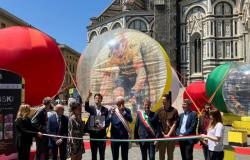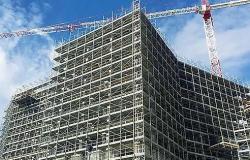Dfter having underlined how the 1 euro house plan for the Old City has not achieved adequate results, Massimiliano Stellato returns to a rather sensitive urban planning issue: that of landlocked lots. The regional and municipal councilor does so through a joint statement with the municipal councilors Carmen Casula and Michele Patano. «Some – say the three councilors – call them “residues”, some others “blocks”, they are the so-called landlocked lots: these are undeveloped areas, now literally surrounded by construction and urbanisation.
With the passage of time, in some peripheral neighborhoods of Taranto, especially in San Vito, Lama and Talsano (but not only), certain branched models of settlement development have created an urban fabric with some empty pieces, swallowed up by the urbanizing tide of the years that they were. One of the open urban planning questions of the past, but with a great paradox.”
Here is the paradox explained: «Those who in the past have broken the rules and built illegally, right next to those who today are owners of landlocked lots, find themselves having a property (or more) built and in full compliance, thanks to amnesties and amnesties. Instead, the owners of landlocked lots who have not violated those rules find themselves with a handful of weeds in their hands. This is an issue that deserves justice! Those who have respected the laws must be allowed to have the same “building permit” as those who have acquired the right to remedy their own building violations.” «Administrative jurisprudence – explain the three councilors – has repeatedly specified that an “urbanistically landlocked” lot can be considered buildable, even in the absence of the implementing urban planning instrument, only when there is with certainty a situation perfectly corresponding to that deriving from the execution of an implementation plan.
Consequently, the area must be buildable, but not yet built on, it must fall within an area entirely affected by construction and equipped with all the primary and secondary urbanization works envisaged by the urban planning instruments and, finally, it must be enhanced by a building project fully compliant with the PRG (General Town Plan). For this last requirement, considering that the Municipality of Taranto has recently entrusted the drafting of its PUG (General Urban Plan) to Prof. Karrer’s team, in the presence of the branch councillor, I will ask for a discussion on the topic to propose to the municipal administration the establishment of a “special commission” of experts that can facilitate the interpretation of still open urban planning issues, such as that of landlocked lots, making use of local professionals, perhaps in a network with each other”. For the three councilors it is above all a question of “social justice”.





